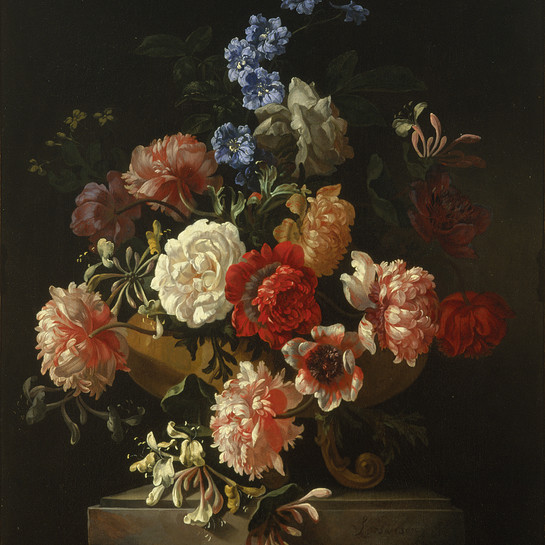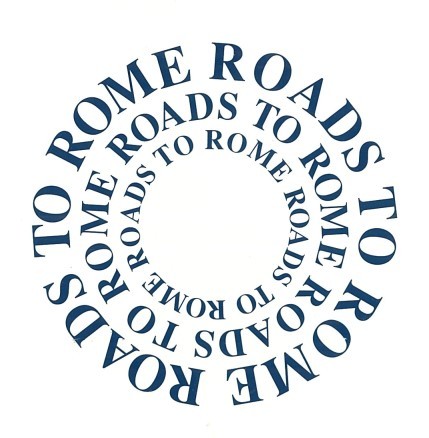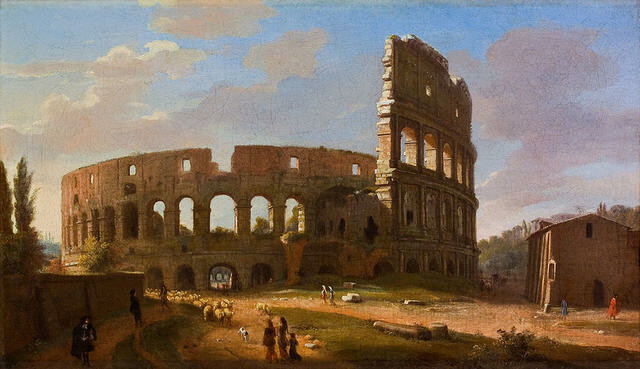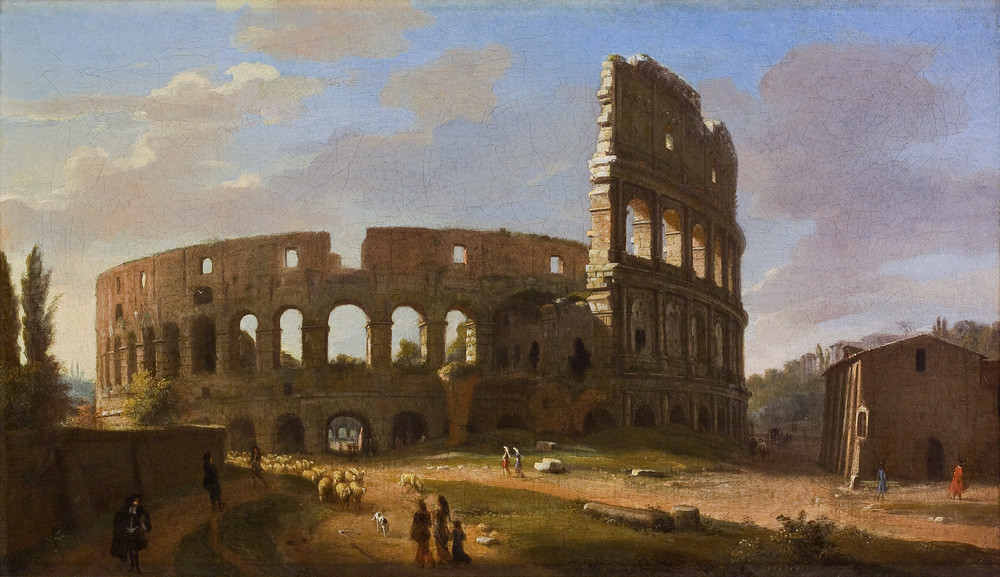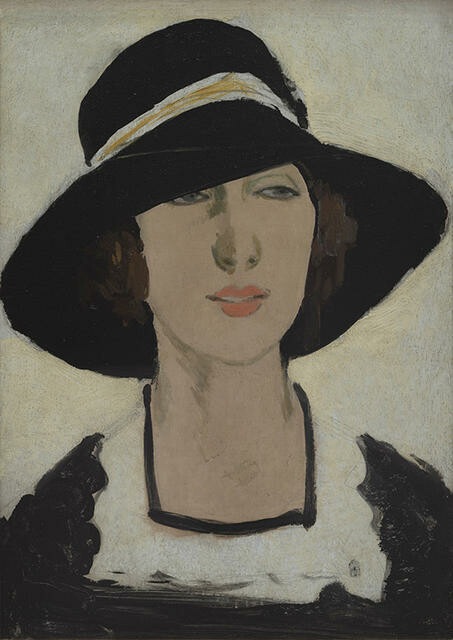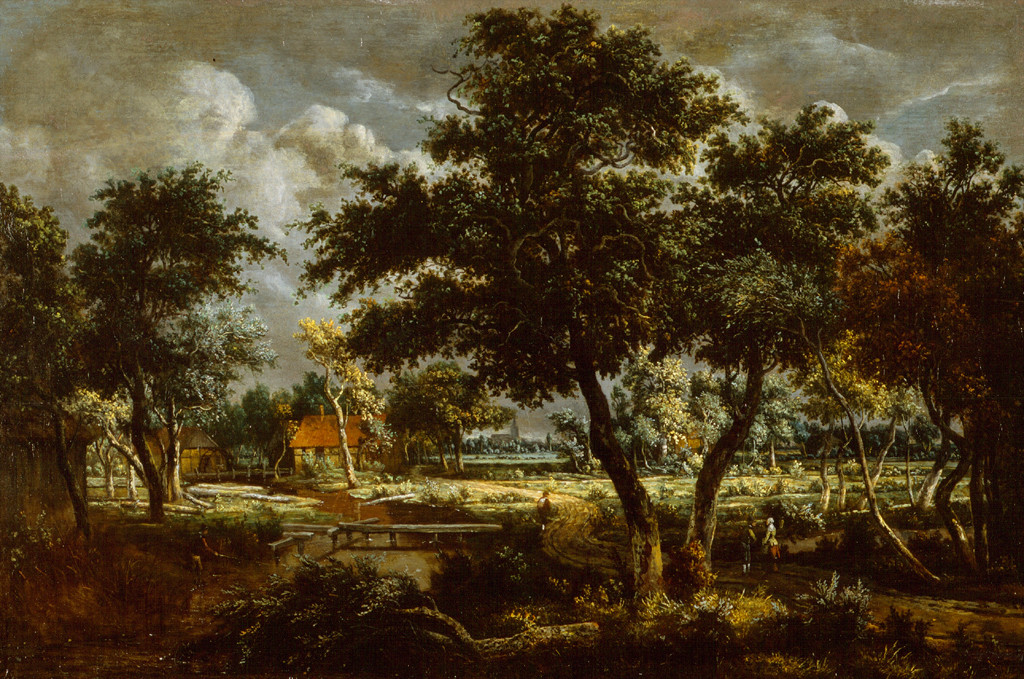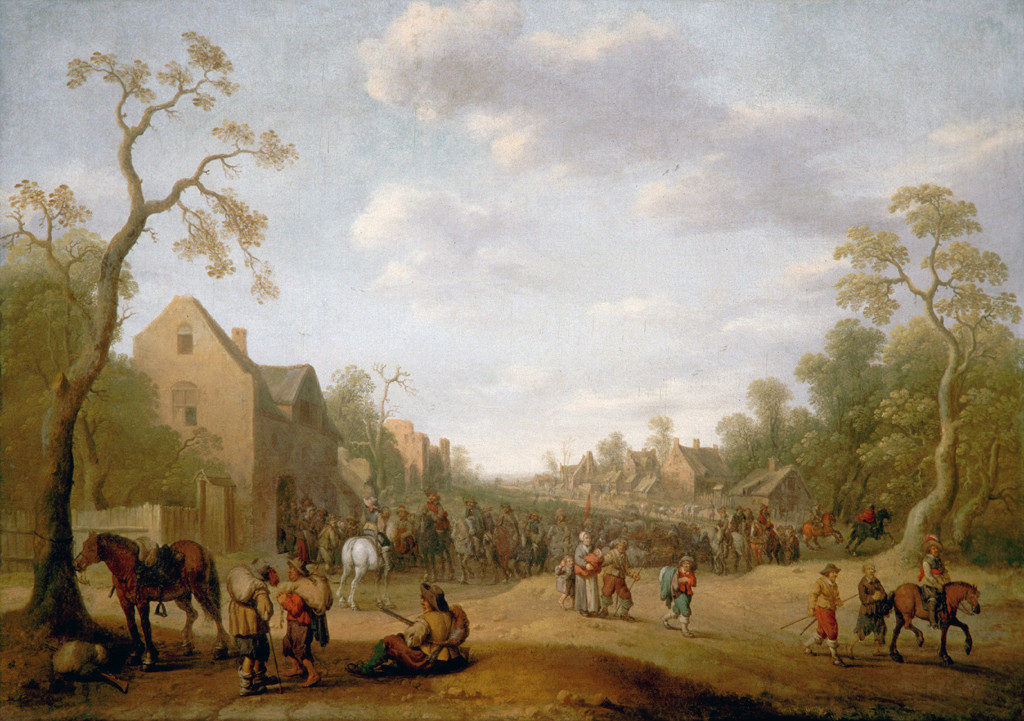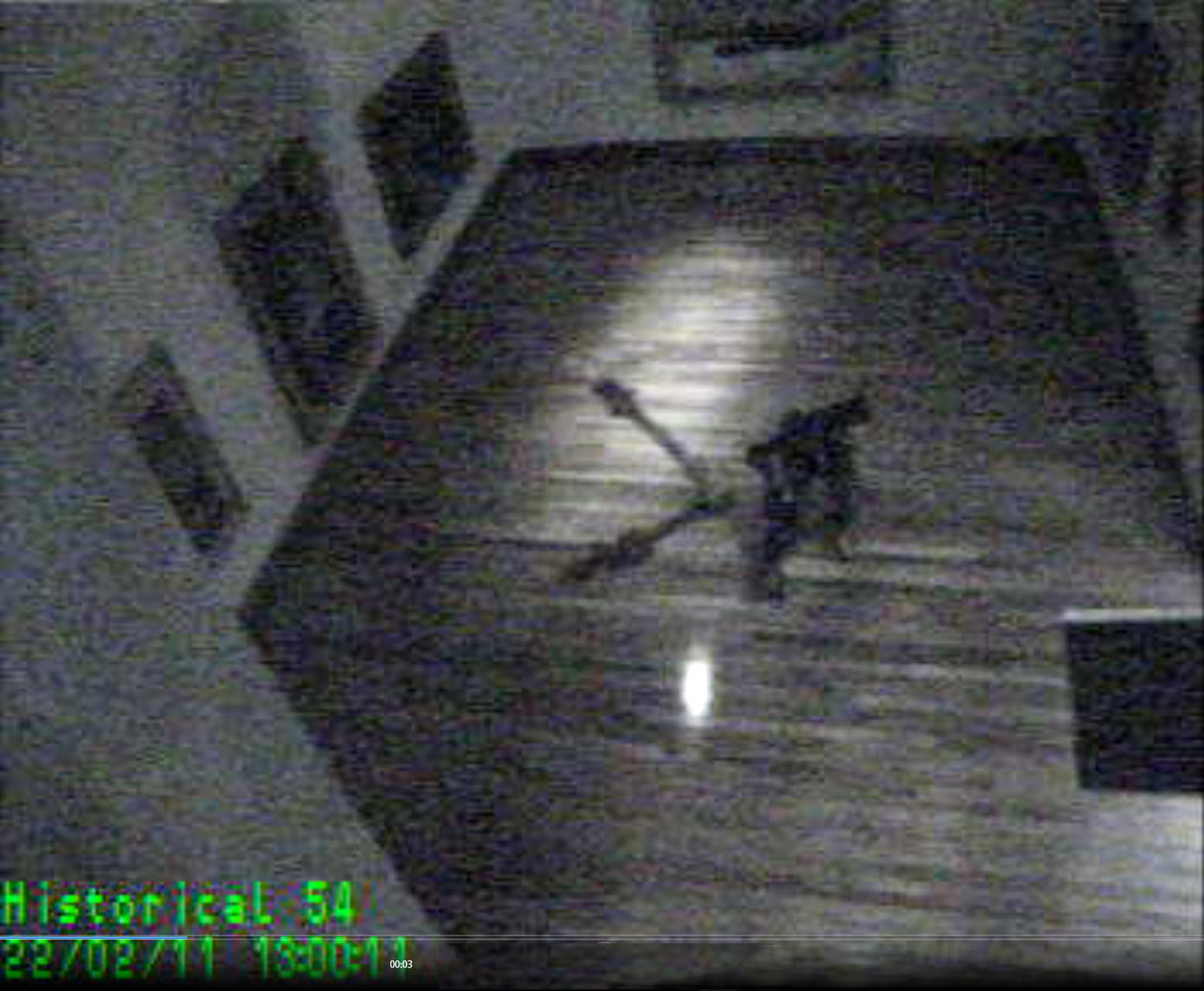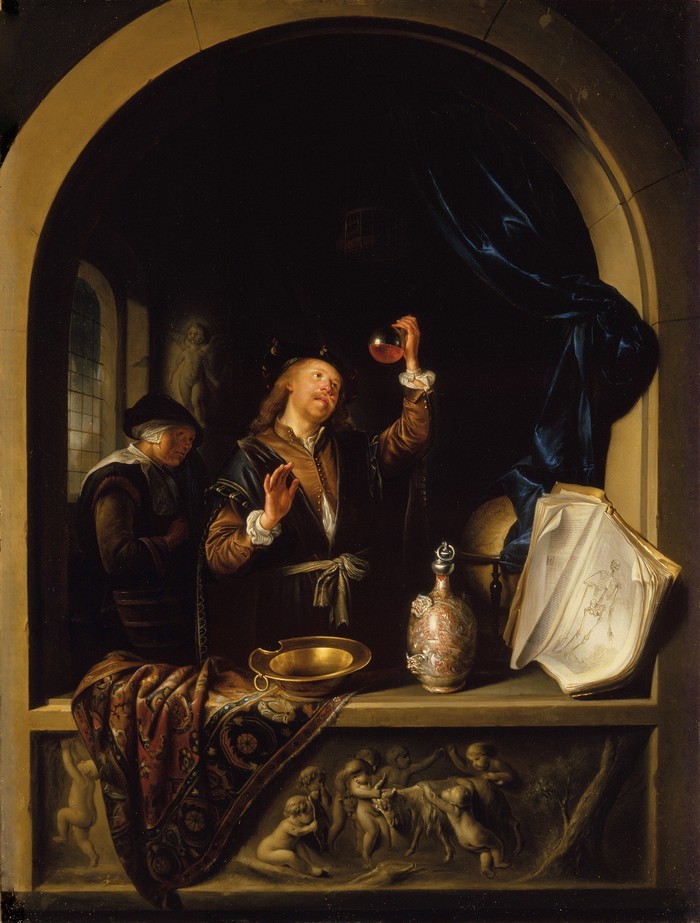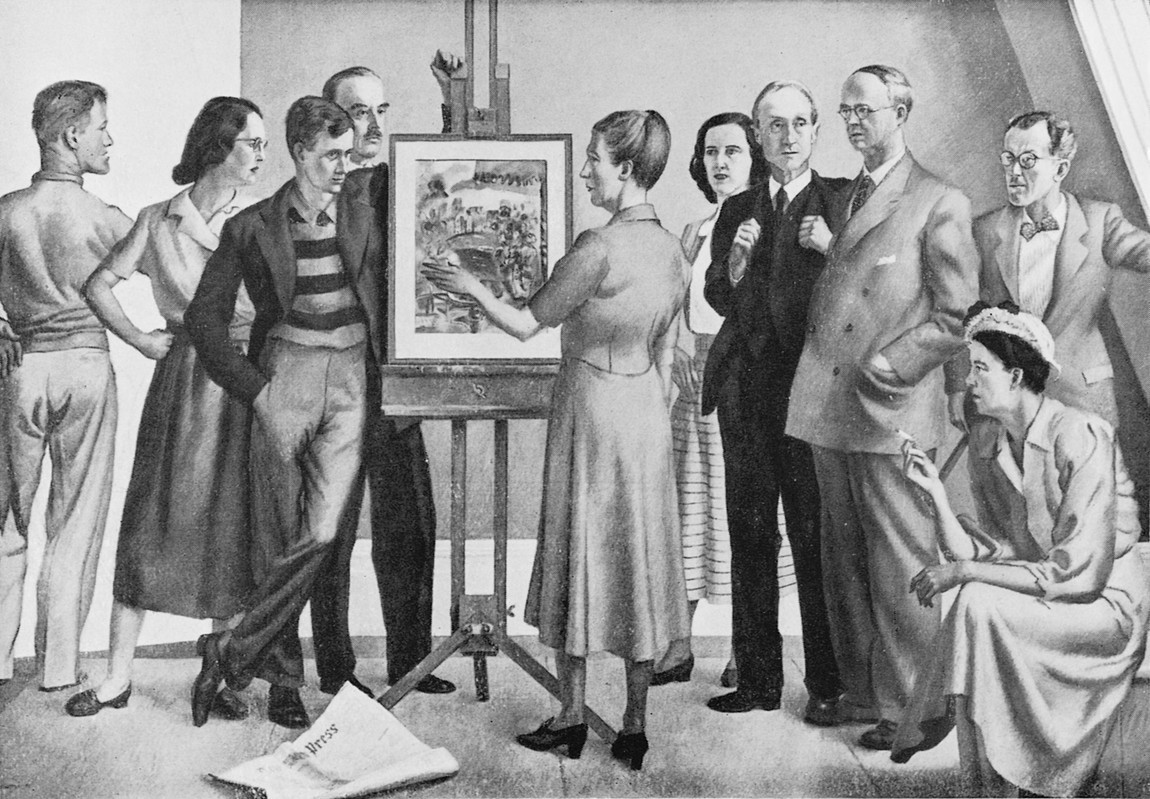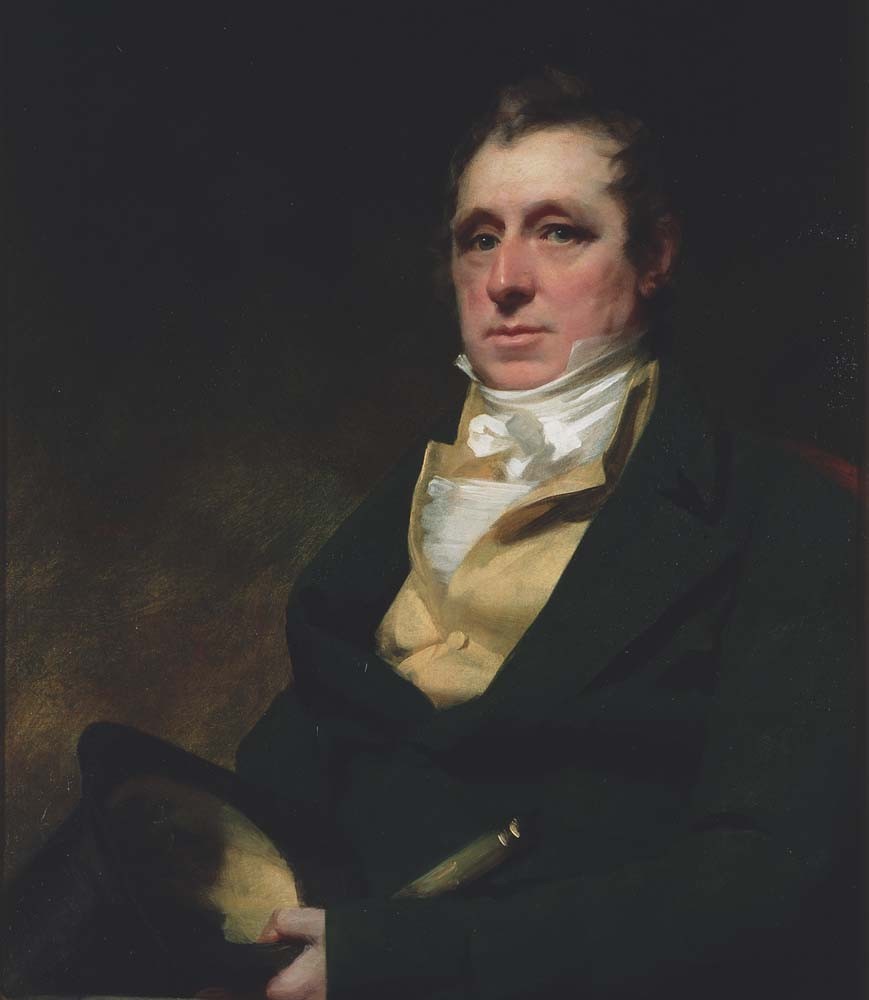Gaspar van Wittel
Netherlands / Italy, b.1652, d.1736
The Colosseum seen from the Southeast
- c. 1700
- Oil on canvas
- Germany
- Purchased with assistance from the Ballantyne Bequest, 1971
- 382 x 570mm
- 71/11
- View on google maps
Tags: amphitheaters (built works), animals, arches, arenas (sports buildings), buildings (structures), children (people by age group), Classical, clouds, dogs (animals), people (agents), ruins, shadows, sheep, shepherds, trees, walls, women (female humans)
Dutch-born Gaspar van Wittel moved to Rome at about twenty-two in 1674 and spent the rest of his life in Italy. Known there as Vanvitelli, he became pivotal in the development of the genre of painting known as veduta, topographical scenes created as high-quality mementoes for visitors to Italy on ‘The Grand Tour’.
(Out of Time, 23 September 2023 – 28 April 2024)
Gaspar van Wittel is also known by the italianised version of his name, Vanvitelli
Exhibition History
The Weight of Sunlight, 16 September 2017 - 16 September 2018
Dutch-born Gaspar van Wittel reached Rome aged about twenty-two in 1674, becoming part of a high-spirited, long-established group of expatriate Dutch painters known as the Bentvueghels (Dutch for ‘birds of a feather’). He married Anna Lorenzani of Rome (their eldest son was the leading eighteenth-century Italian architect Luigi Vanvitelli) and spent the rest of his life in Italy. Van Wittel played a pivotal role in the development of the genre of topographical painting known as veduta, and was an important influence on later artists such as Canaletto (1697–1768). Van Wittel’s paintings typically became treasured souvenirs for those on the high culture rite of passage known as the Grand Tour. Three other versions of this view are known, at different sizes and with different arrangements of figures, livestock and lighting. These are based on a gridded pencil, ink and watercolour sketch dated 1685 and held at the Biblioteca Nazionale Centrale di Roma.
(The Weight of Sunlight, 16 September 2017 - 16 September 2018)
Treasury: A Generous Legacy, 18 December 2015 – 4 December 2016
The quality and portable scale of this fine Roman 'veduta' (a detailed depiction of a cityscape or vista) suggest it was originally intended as a wealthy eighteenth-century traveller’s Grand Tour souvenir. It is understood to have been purchased in Budapest in the 1950s by Eugène Lestocquoy, a French diplomat who relocated to Wellington after the 1956 Hungarian uprising; he presented it to a neighbourhood friend before his return to France in 1960.
The painting was purchased in 1971 for the collection through the Ballantyne bequest, formed from an insurance settlement from the estate of William Ballantyne (1864–1934), whose art collection was largely destroyed in the 1947 Ballantyne's department store fire.
One of the great architectural monuments of ancient Rome, the Colosseum could accommodate up to 50,000 spectators, and was used for gladiatorial combats, wild beast fights, and mock sea battles. The enormous Flavian amphitheatrewas built c. AD 70 - 80. The depiction of classical ruins was popular in 18th century paintings. In this work the artist has added the romantic and picturesque elements ofshepherds herding their flock. The sheep and the few figures in the foreground are dwarfed by the immensity of the structure (48.5m in height), which remains grand even in its ruined state. Artists of the time were drawn to the unique atmospheric, soft light effects to be found in Italy.This work has been finely painted and a great deal of attention has been spent on the highly detailed finishing throughout.
(Label date c2011)
![Andreas Cellarius Hypothesis Ptolemaica Sive Communis Planetarum Motus Per Eccentricos Et Epicyclos Demonstrans [The Ptolemaic Hypothesis or Common Representation Demonstrating the Planetary Motions through Eccentrics and Epicycles] 1661. Hand-coloured engraving. Collection of Christchurch Art Gallery Te Puna o Waiwhetū, William A. Sutton bequest, 2000](/media/cache/05/97/05970cdff0f6b3264062d69bf2aa90f5.jpg)



